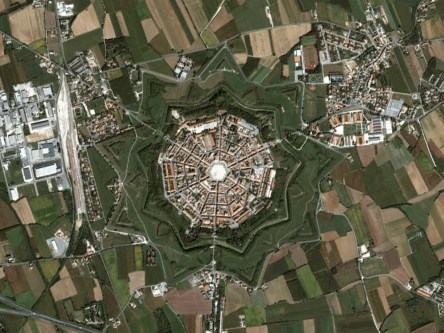What sets the blossoming Adelaide, Australia apart from the confines of Palmanova, Italy? It’s a question that many city designers face with a mix of fear and excitement. And with more purpose cities on the horizon, it’s a question better answered sooner than later. City planners may find the answers by taking a look into multifamily developments. Purpose-built cities, or planned cities, are cities constructed from the ground up to fulfill a distinct need. In the case of Brasilia, Brazil, planners selected the location to avoid maritime raids of the early 19th century. El Salvador, Chile, was built as a self-sustaining center for miners. Today’s purpose cities are more of a novelty in comparison. Designers envision futuristic utopias that provide a haven from carbon-riddled metropolises. Purpose cities and smart cities often merge, touting automated infrastructure and an inclination towards sustainability. Well organized, sustainable, with that new city scent—why aren’t the new purpose cities more popular? Why aren’t cities like Songdo and Lavasa bursting at the seams? Most planned cities are placed in uncharted territory, an effort to transform a desert into an oasis or a pristine wilderness into tame city streets. Far commutes from “civilization” don’t appeal to those who like to stay in touch with family and friends. Remote locations are also a tough sell for businesses, a headache for transportation coordinators, and a gamble for hospitality and entertainment leaders. Building on pristine, undeveloped lands certainly doesn’t bode well for environmentalists. Sustainability and sprawl are incongruent at best. A more suitable approach has been to build on reclaimed land or retrofit existing cities. Amsterdam 2.0 leads Europe in smart city retrofits and redesigns. Santiago is also etching its name of the world’s list of tech-savvy, earth-friendly existing cities. Of equal importance, all purpose cities...

